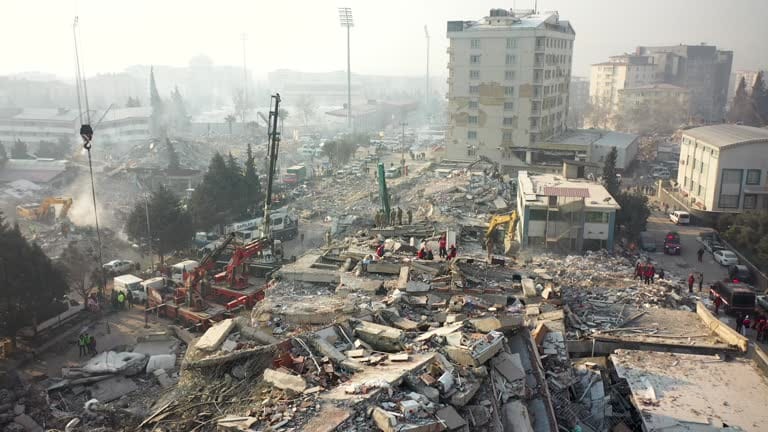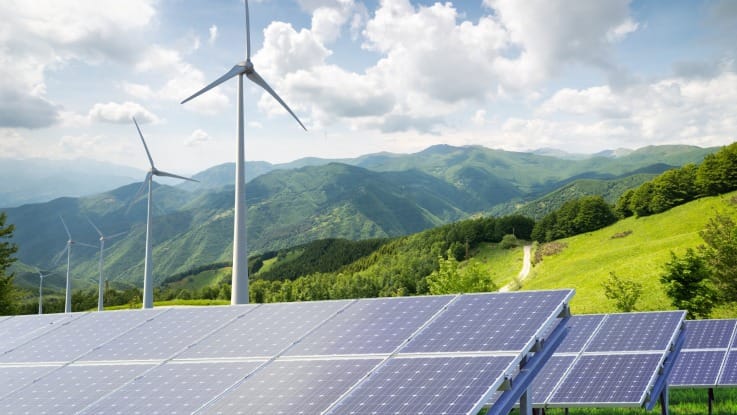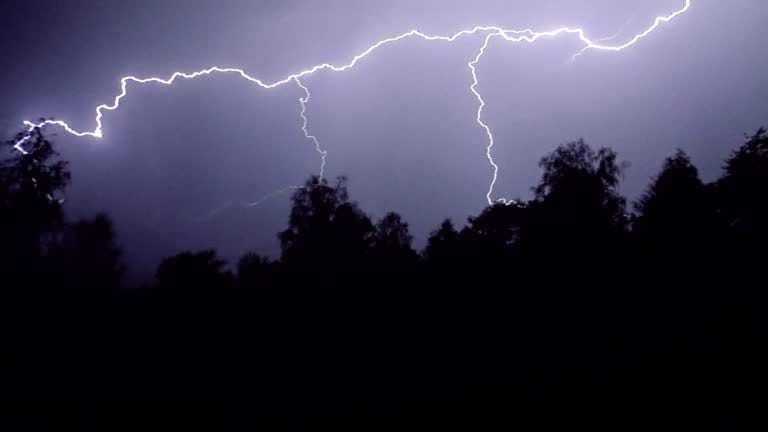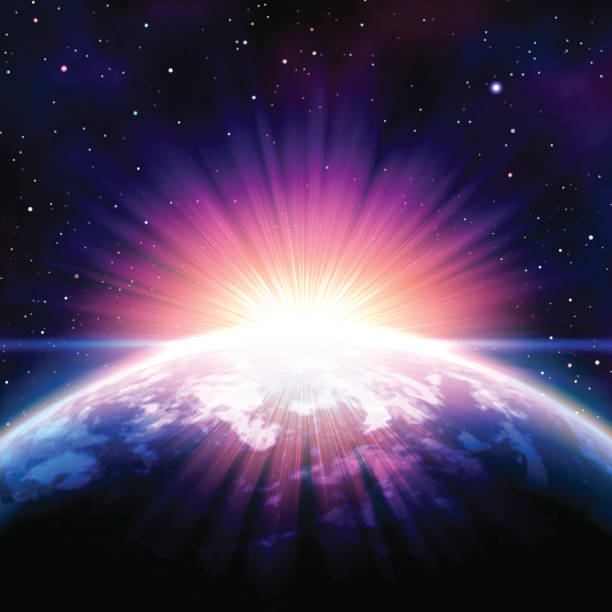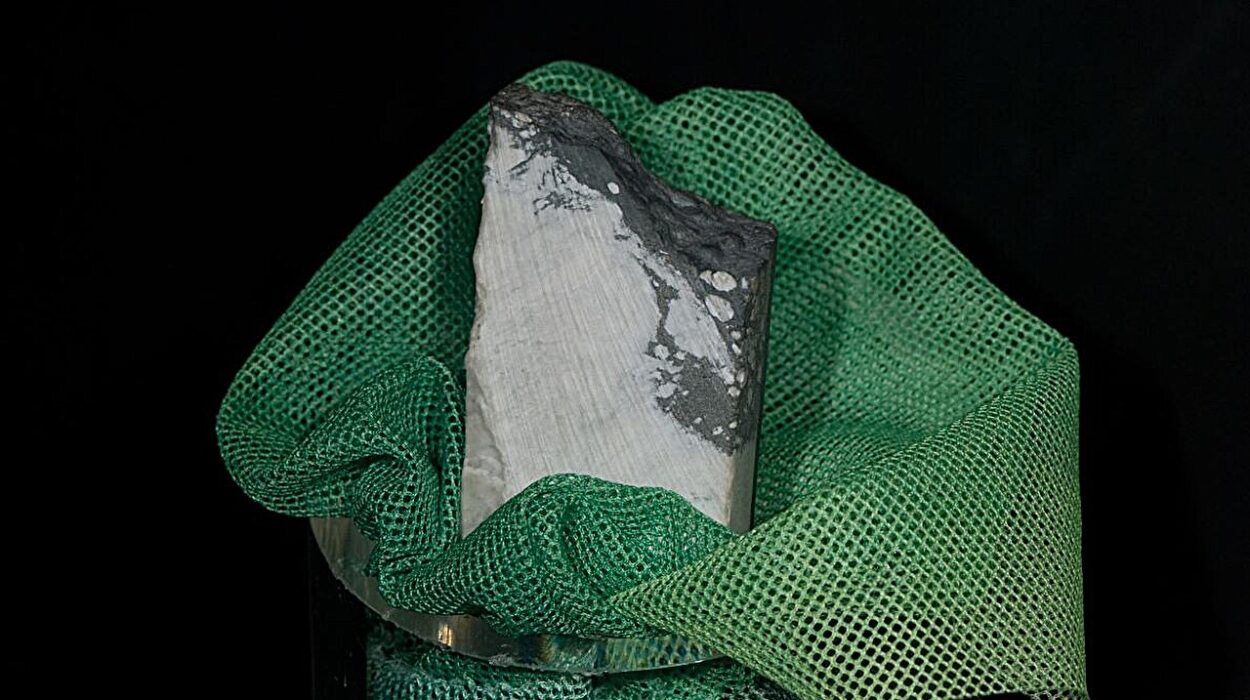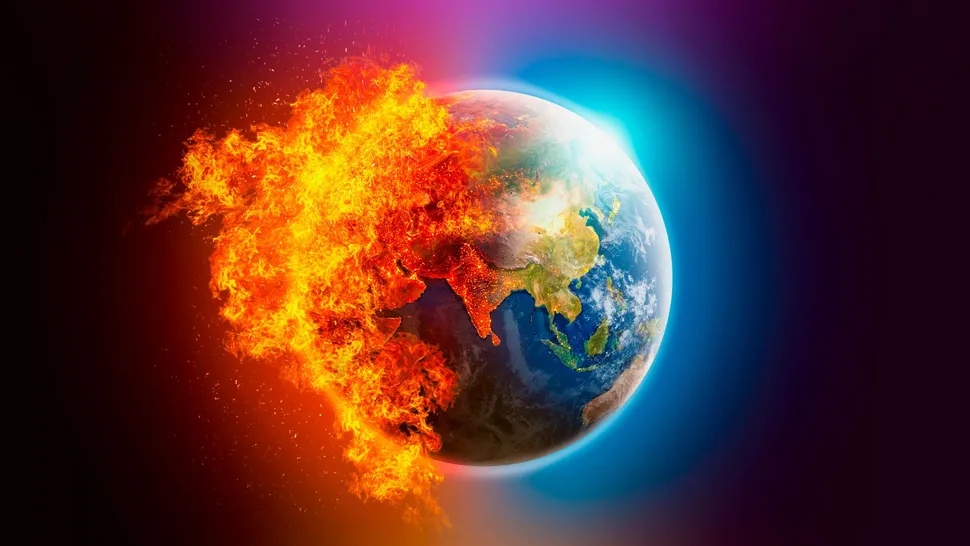Earthquakes have fascinated and terrified humanity since the dawn of civilization. From ancient myths that spoke of angry gods shaking the ground, to modern seismologists who decode the Earth’s subtle vibrations, these natural phenomena evoke a mixture of wonder and dread. What causes these sudden, sometimes catastrophic ruptures beneath our feet? To answer this question, we must journey far below the surface—through layers of rock, molten mantle, and shifting tectonic plates—to uncover the dynamic forces sculpting our planet.
Beneath the Surface: The Dynamic Planet Earth
Far from being a static, unchanging orb, Earth is a restless world. Its interior is layered like a cosmic onion: a thin crust, a viscous mantle, a liquid outer core, and a solid inner core. This structure sets the stage for movement and tension. The crust is not one continuous shell but broken into massive slabs known as tectonic plates. These plates float atop the semi-fluid upper mantle—a layer called the asthenosphere—and their slow but relentless motion is the engine behind earthquakes.
The Earth’s heat, generated by radioactive decay and residual primordial energy, drives convection currents in the mantle. These currents act like a gigantic conveyor belt, pushing and pulling the plates above. As plates interact—colliding, sliding past, or pulling away from each other—they create zones of intense stress. When the accumulated stress exceeds the strength of rocks along plate boundaries or faults, the ground shakes, releasing energy that travels through the Earth as seismic waves.
Faults: The Invisible Cracks of Our Planet
Imagine the Earth’s crust as a massive jigsaw puzzle where the pieces occasionally jam against one another. These junctions, called faults, are fractures in the rock where movement occurs. Not all faults are born equal; some slip quietly, while others unleash tremendous energy.
The most famous type of fault is the strike-slip fault, where two blocks slide horizontally past each other. The San Andreas Fault in California exemplifies this, creating a boundary between the Pacific and North American plates. In contrast, thrust or reverse faults happen when one block pushes up over another, typical in mountain-building regions like the Himalayas. Lastly, normal faults occur where the crust is being stretched and one block slips downward relative to the other, common in rift zones.
These faults accumulate stress over decades or even centuries. Beneath our feet, rocks bend, warp, and store elastic energy much like a compressed spring. Eventually, when the stress surpasses the frictional force holding the fault in place, the fault slips suddenly, releasing the pent-up energy as an earthquake.
The Elastic Rebound Theory: Earthquake’s Heartbeat
In the early 20th century, geologist Harry Fielding Reid proposed a powerful explanation known as the elastic rebound theory. He observed that before an earthquake, the ground near a fault gradually deforms, bending like a spring under tension. This deformation stores elastic strain energy in the rocks.
When the fault finally ruptures, the deformed rocks snap back—or “rebound”—to their original shape, releasing seismic waves that ripple through the Earth. This sudden release causes the shaking we experience during an earthquake. The theory elegantly describes the earthquake cycle of stress accumulation, rupture, and release, a continuous process that can repeat over geological time.
Seismic Waves: The Earth’s Vibrational Language
The energy released during an earthquake travels in waves, shaking the ground and sometimes causing destruction. There are two main types of seismic waves: body waves and surface waves.
Body waves travel through the Earth’s interior and are divided into Primary (P) waves and Secondary (S) waves. P waves are the fastest, compressing and expanding the material they move through, much like sound waves. Because they travel through solids, liquids, and gases, P waves arrive first at seismic stations. S waves follow more slowly and move the ground perpendicular to their direction of travel. Importantly, S waves cannot travel through liquids, which helps scientists understand the Earth’s internal structure.
Surface waves, meanwhile, move along the Earth’s surface and usually cause the most damage. They include Love waves, which shake the ground side-to-side, and Rayleigh waves, which roll along like ocean waves, causing both vertical and horizontal motion.
By studying these waves’ travel times and paths, seismologists can pinpoint earthquake epicenters, determine magnitudes, and even image Earth’s interior layers like a medical CT scan.
Plate Boundaries: Where Earthquakes Are Born
Earthquakes predominantly occur along plate boundaries where tectonic plates interact. These boundaries come in three main types: convergent, divergent, and transform.
At convergent boundaries, plates collide, often pushing one beneath another in a process called subduction. These zones are responsible for some of the world’s largest earthquakes, such as the 2004 Sumatra-Andaman quake that triggered a devastating tsunami. The immense pressure and friction in subduction zones cause faults to lock and accumulate strain, which, when released, produces powerful seismic events.
Divergent boundaries occur where plates pull apart, allowing magma from the mantle to rise and create new crust. Earthquakes here are generally less intense but frequent, as seen along the Mid-Atlantic Ridge. The stretching causes normal faults, and volcanic activity often accompanies these quakes.
Transform boundaries feature plates sliding horizontally past each other. These boundaries generate strike-slip earthquakes, which can be destructive when occurring near populated regions, like the infamous San Andreas Fault.
Beyond Plate Boundaries: Intraplate Earthquakes
While most earthquakes occur along plate edges, some strike far from these boundaries—these are intraplate earthquakes. Their causes are less well understood but may involve ancient faults reactivating due to distant tectonic stresses, or the movement of magma beneath the crust.
The 1811-1812 New Madrid earthquakes in the central United States were powerful intraplate events, causing widespread damage and altering the landscape. Though rare, intraplate earthquakes remind us that the Earth’s interior forces can reach beyond obvious fault lines.
The Magnitude and Intensity: Measuring Earthquake Power
Two crucial metrics describe earthquakes: magnitude and intensity. Magnitude measures the energy released at the source, quantified by scales such as the Richter scale or the moment magnitude scale (Mw), the latter being more precise for large quakes.
The Richter scale, developed in the 1930s, is logarithmic: each whole number increase represents roughly 32 times more energy release. Thus, a magnitude 7 quake is about 32 times more energetic than a magnitude 6. The moment magnitude scale has largely replaced the Richter scale for scientific use, as it better represents the earthquake’s true size.
Intensity, on the other hand, measures the shaking effects at specific locations. It varies with distance from the epicenter, local geology, and building structures. The Modified Mercalli Intensity scale uses Roman numerals from I (not felt) to XII (total destruction) to describe an earthquake’s impact.
Understanding both helps communities prepare for and respond to earthquakes, as magnitude alone doesn’t determine damage—local conditions play a pivotal role.
The Role of Geology: How Earth’s Composition Shapes Earthquakes
Local geology profoundly influences how earthquakes manifest. Soft soils and sedimentary basins can amplify shaking, increasing damage risk. This phenomenon was tragically evident in the 1985 Mexico City earthquake, where seismic waves traveled from distant epicenters but intensified in the city’s ancient lakebed sediments.
Conversely, solid bedrock tends to transmit waves with less amplification. This difference underscores the importance of geological surveys and building codes designed to mitigate earthquake hazards.
Fault complexity also shapes seismic activity. Some faults produce frequent, small quakes that release stress steadily, while others lock for centuries before unleashing massive ruptures. This variability complicates earthquake prediction and risk assessment.
Earthquake Prediction and Early Warning: The Quest to Foresee Nature’s Fury
Predicting exactly when and where an earthquake will strike remains one of science’s greatest challenges. Earthquakes don’t follow simple patterns, and the Earth’s crust is too complex for precise forecasts.
Scientists monitor seismic activity, ground deformation, gas emissions, and even animal behavior for clues, but no method reliably predicts specific quakes. Instead, research focuses on probabilistic hazard assessments—estimating the likelihood of earthquakes over decades—and developing early warning systems.
Early warning systems use dense networks of seismic sensors to detect initial, less-damaging P waves and send alerts seconds before more destructive S and surface waves arrive. Countries like Japan and Mexico have implemented such systems, providing crucial seconds to shut down infrastructure, halt trains, and protect lives.
Though limited, these advancements mark important steps toward coexisting with an unpredictable planet.
Human-Induced Earthquakes: When Our Actions Shake the Ground
Not all earthquakes are natural. Human activities such as mining, reservoir-induced seismicity from large dams, and hydraulic fracturing (fracking) have triggered quakes. The injection of fluids into deep rock layers alters pressure, sometimes lubricating faults and causing slips.
While most induced quakes are small, some have reached damaging magnitudes, raising concerns about industrial practices. This intersection of human activity and geology illustrates how delicate the balance beneath our feet can be.
Aftershocks and Earthquake Sequences: The Lingering Echoes
Following a major earthquake, the Earth rarely settles immediately. Instead, it often experiences aftershocks—smaller quakes that can continue for days, months, or even years. These aftershocks occur as the crust adjusts to the new stress distribution after the main rupture.
Sometimes, a series of earthquakes unfolds in complex patterns called earthquake sequences or swarms, challenging seismologists to understand the underlying processes.
Aftershocks, while smaller, can cause additional damage to weakened structures and pose ongoing risks to affected communities.
The Human Story: Earthquakes and Civilization
Earthquakes have shaped human history in profound ways. Entire civilizations have risen and fallen with the tremors of the ground. Ancient texts from China, Mesopotamia, and Greece recount seismic disasters, often interpreted through religious or mythological lenses.
With the advent of modern science, societies began to understand the causes and risks, leading to improved architecture, emergency preparedness, and international cooperation.
Yet, earthquakes remain a stark reminder of humanity’s vulnerability. Urbanization in seismically active zones, climate change’s impact on natural disasters, and population growth pose ongoing challenges.
Living with Earthquakes: Resilience and Adaptation
Understanding the science behind earthquakes empowers us to build resilience. Engineering innovations, such as base isolators and flexible structures, help buildings withstand shaking. Land-use planning avoids high-risk areas, and education promotes preparedness.
Communities worldwide engage in drills, develop emergency response plans, and strengthen infrastructure. The goal is not to conquer earthquakes but to coexist with them, minimizing harm while respecting the Earth’s restless nature.
Conclusion: The Ever-Moving Earth Beneath Us
Earthquakes remind us that our planet is alive, its interior constantly shifting and evolving. The science beneath our feet reveals a dynamic, interconnected system where heat, pressure, and time shape not only mountains and oceans but also the very ground we walk on.
Though we cannot stop earthquakes, through knowledge, technology, and respect, we can anticipate their rhythms, prepare for their arrival, and respond with resilience. The trembling Earth is not just a source of destruction; it is a testament to the powerful forces that have shaped life and the ever-changing story of our planet.
